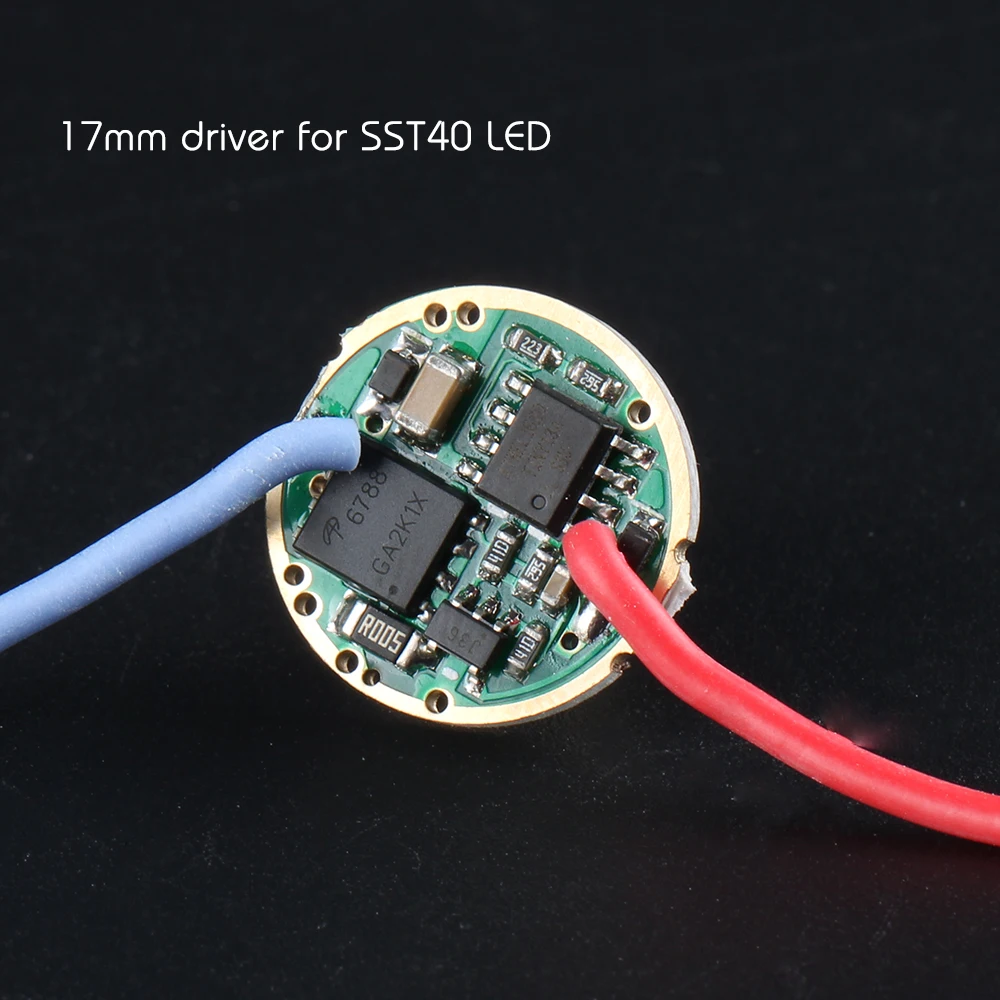Hi Loneoceans, thanks for passing by and the kind words
Yeah the DAC is nice, especially since it removes the need for the LDO (and consequently the battlevel divider) and the PWM RC filter.
But since I have no programming skills I could only design a driver working with what is currently supported by FSM/Anduril (PWM). Actually I needed to add support for turning on the FET at a ramp level, I sort of miraculously managed to do that, I still need to add a delay on the FET enable due to the RC filter needing some time to fall when switching to the higher range. In the next version I reluctantly added a capacitor to delay the FET in hardware in case I don’t manage to do it in software.
For strobe modes, it seems that only the party strobe has issues (I haven’t tested the slowed version), but personally I couldn’t care less about those modes. That said I still don’t see any 5kHz ripple on the waveform so I might try lower capacitance for the filter to make it faster.
I’m also guessing that it is possible to have lower power consumption from the MCU with the DAC compared to PWM ?
The disadvantages that I see are the 8 bit limit (not really a problem with 3 sense resistors, I really prefer to only use two though) and that there is only one DAC, for a dual LED channel driver we would have to use PWM.
So it means you added DAC support in FSM ? Could you share your branch ?
I’m still working on the ramp so thanks for that.
In the version I built the FET is driven by the MCU at 2.8V and at that voltage the Rdson is a bit too high (~4.2mΩ) and probably not very consistent between parts. In the next version I’m driving it with the regulator’s internal LDO (4.8V), I wasn’t sure if it would negatively interfere with the regulator or not but after testing it doesn’t seem to be the case. With this the Rdson is about 1.1~1.2mΩ and I hope will be much more consistent between parts.
In Mike C’s thread we also discussed about using a mux to remove the FET resistance from Rsense.
It is indeed cheaper, about half the cost of TLV333 and still with pretty good specs, good find
For the regulator I took the values from Webench, for the op-amp I used 1nF (instead of 470pF in my schematic), I bought an oscilloscope recently and it looks stable at any output, I still need to learn how to record transient with it.
I’ll try with different values and see what happens, but yeah I knew I should have made a dev board, swapping tiny components and adding mores with tiny wires was a bit tedious to say the least.
Yes I prefer that approach too.
The advantage that I see with the MP is the ultrasonic mode, no risk of audible noise and it prevents switching frequency going so low as to make the LED flicker at very low output. I had to put a resistor across the output to have a minimum load for preventing that low frequency, did you use a similar solution ?


 temperature
temperature